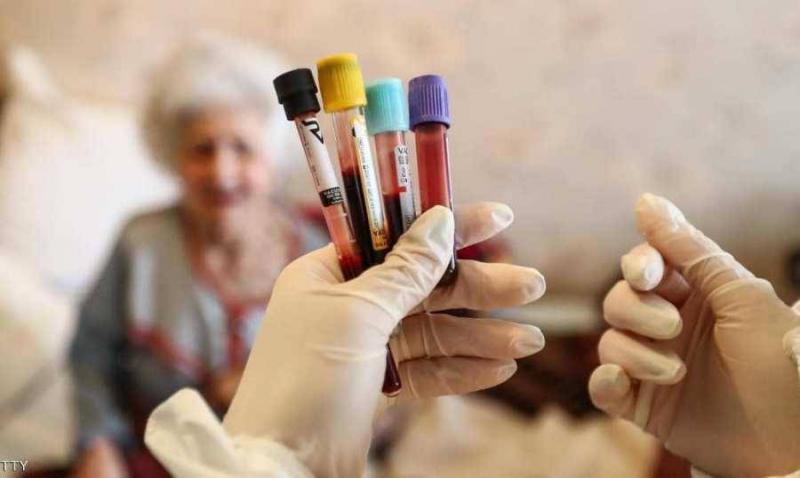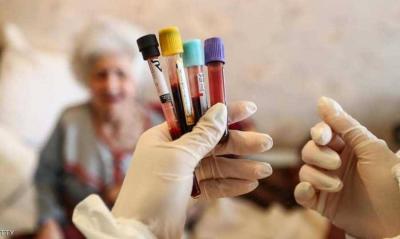Blood clotting is a means to prevent bleeding in the case of injuries, and while this response is beneficial for our health, in some situations, clots can be life-threatening. When jelly-like clots appear in veins and arteries without justification, they can increase the risk of heart attacks and strokes.
Concerningly, external temperature can play a role in this process, according to an expert. Sudden changes in temperature, such as when people enter a warm building after being outside in the cold, can cause thermal stress to the body. This can make the body work harder to maintain a stable temperature. Blood viscosity can also be affected, making it thicker and more prone to clotting, according to Professor Mark Whiteley, a consultant in vascular surgery and founder of the "Whiteley Clinic."
Professor Whiteley explained that the risk of heart attacks can increase in cold weather, stating: "This may be due to increased coagulability in the coronary arteries, but it may also be due to increased resistance to pumping blood around the body in cold weather when all the arteries constrict to reduce heat loss from the skin, causing the heart to work harder. Therefore, it has not been definitively proven that this is due to blood clotting. Interestingly, there doesn't seem to be a significant difference between patients with coronary heart disease who exercise in normal weather or in cold weather, suggesting that moderate exercise in cold weather is not dangerous at least, and may be beneficial."
The expert also added that cold weather is associated with an increased risk of a different type of blood clot, which is pulmonary embolism. This occurs when a blood clot obstructs blood flow to a lung artery and stops it. However, Professor Whiteley noted that deep vein thrombosis, which refers to blood clots in deep veins, is more likely to occur with lowered temperatures.
Research published in the journal International Angiology warns that low temperatures appear to be "significantly associated" with deep vein thrombosis. The study looked at patients who were hospitalized due to deep vein thrombosis in Shenyang, China, over a ten-year period. The findings showed that low ambient temperatures were associated with symptoms of deep vein thrombosis, with the cold effects sometimes delayed for up to one week.
Fortunately, Professor Whiteley explained how to minimize the risk of clotting in cold months, saying: "It is clearly reasonable to stay warm when possible. Smoking should be avoided as nicotine causes arterial spasms and increases proteins that can raise the risk of blood clotting. Long-term, smoking also damages blood vessel walls by causing inflammation. Exercise is always beneficial as good blood flow through blood vessels helps maintain the health of vessel walls and reduces the risk of any clotting in the vessel."




